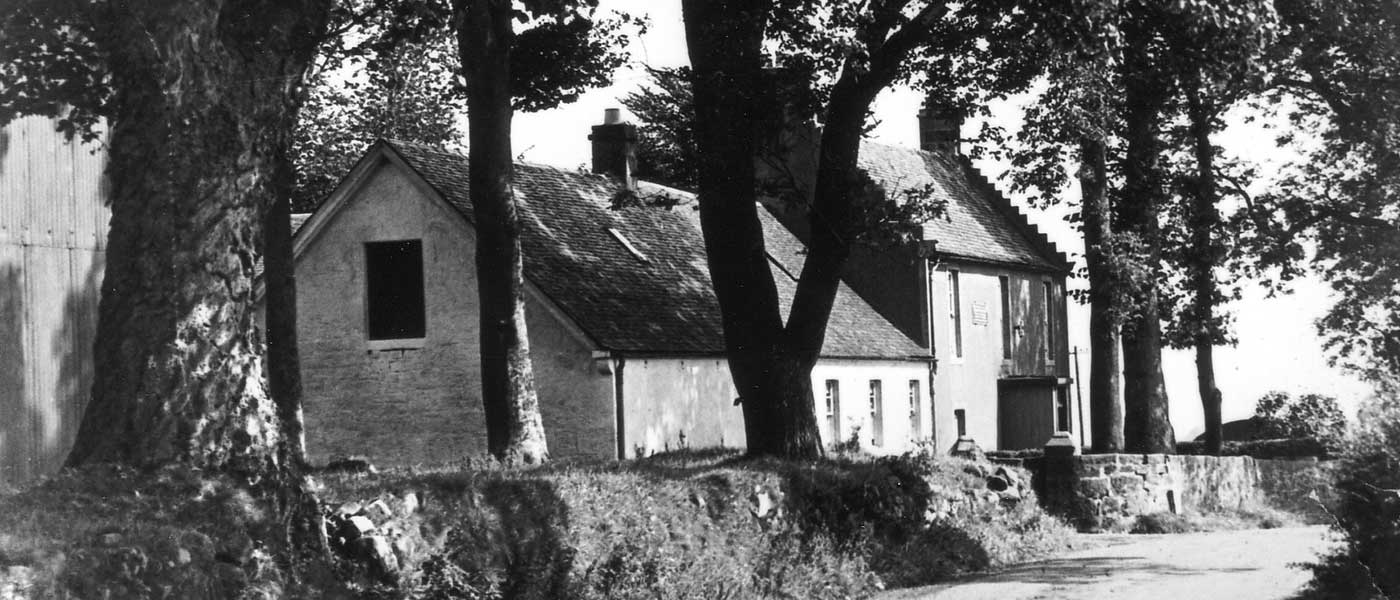History
The Hunterian is the legacy of Dr William Hunter (1718 - 1783), a pioneering obstetrician and teacher with a passion for collecting.
Born locally, and a student at the University of Glasgow, Hunter found fame and fortune in London as physician to Queen Charlotte and as a teacher of anatomy. He lavished his wealth on building up the vast private collection which he bequeathed to the University in 1783, along with money to create a suitable museum.
The Hunterian opened its doors in 1807, making it Scotland’s oldest museum and giving it a unique place within Scotland’s cultural heritage.
The Hunterian has undergone many changes over the years. The first Hunterian Museum, built with William Hunter’s bequest and filled with his collections, opened in 1807. It was located in the University of Glasgow’s first site, in the East End near Glasgow Cathedral. The classical style building, designed by William Stark, was open to the public from 12.00pm until 2.00pm every day except Sunday.
When the University moved west to its present location in 1870, the Hunterian collections were relocated to the Gilbert Scott building, where the Museum remains today. To begin with, the whole collection was displayed together, but gradually sizeable sections were removed to other parts of the University.
The zoology collections are now housed within the Graham Kerr building, the art collections in the purpose built Hunterian Art Gallery, and the books and manuscripts in Glasgow University Library. Hunter’s anatomical collections are housed in the Thomson Building, and his pathological preparations at Glasgow Royal Infirmary.
At over 200 years old, the Hunterian today is home to one of the finest university collections in the world and one of Scotland’s most important cultural assets.



